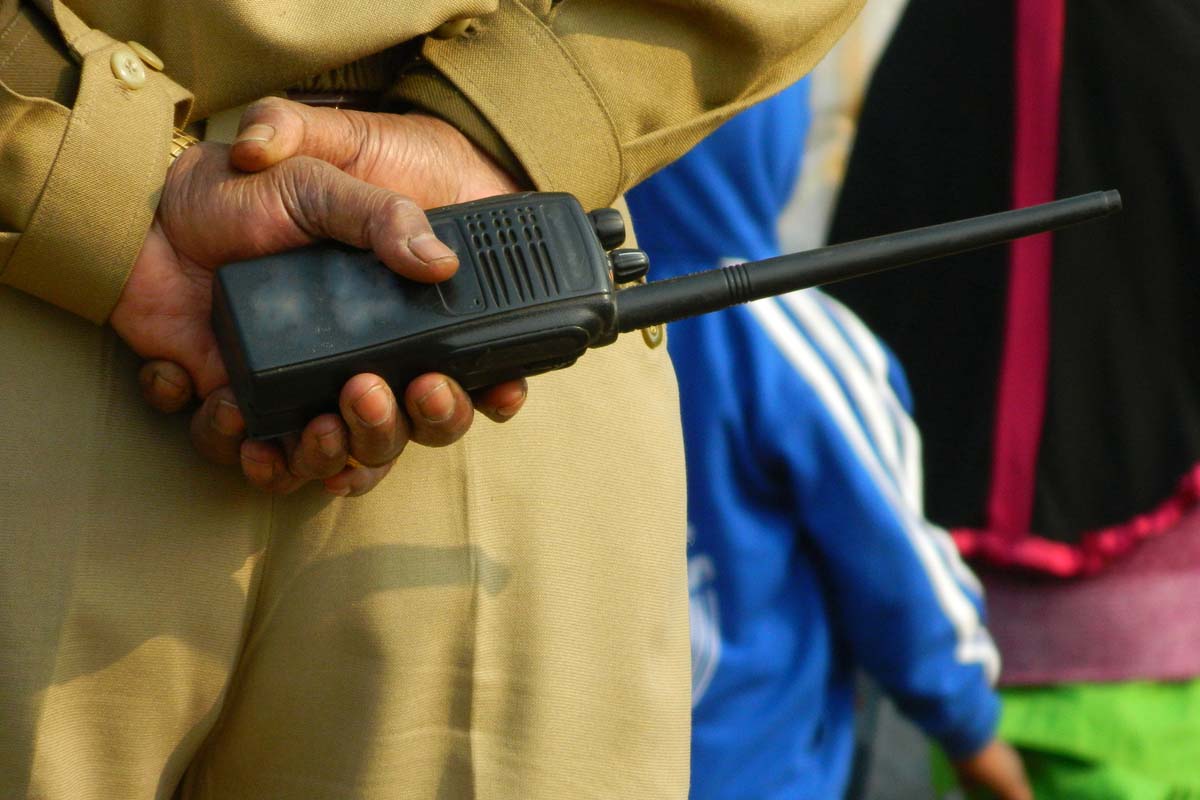There is an incalculable degree of symbolism in the ‘uniform’ of the security forces, be it in the Indian armed forces, the Central Armed Police Forces or the State police force. Every ‘uniform’ serves as the standardised outfit in the line of duty, one that personifies an institutional code, ethos and above all, carries the nobility of purpose that the uniform.
The symbolism in manifests in such critical elements as the colour, ribbons, chest badges, lanyard, hackle, medals etc., Every element of the regalia elevates its status in the eyes of the citizenry.
Advertisement
Whether it is the all-black uniform of the ‘Black Cats’ of the National Security Guards, the sacred fiery-red ‘Safa’ of those from the irrepressible Rajput Regiment or the bluedungaree of the Rapid Action Force, each ‘Uniform’ has a valued formality, functional importance, emotion and grandeur, that is revered.
Even the signature Khakhi (soil coloured) uniform of the police has an exciting history that dates back to the Corps of Guides that was raised in 1846 by Henry Lawrence, the agent to the Governor-General for North-West Frontier.
The success of the Khakhi was so profound that it found resonance and preference beyond the British forces and was soon adopted by the militaries of the European armies, the US army etc. It was also a fashionable colour and avatar in the civilian attire (eponymously known as just Khakhis).
The etymological origin of the military idiom ‘earning your stripes’ is symptomatic of the power of recognition and embellishment that is earned by the stitching of a simple patch resembling a stripe, that is affixed onto such a uniform.
The idealism, romance and honour of the ‘service’ is visibly vested in the uniform that automatically suggests an empowerment of legitimacy and power, bestowed by the sovereign. Such legitimacy is then manifest in the fixing of the nationally venerated ‘Lion Capital of Ashoka’ symbol, on the various logos of the police.
The rich history of the Delhi Police is no different, as it evolved from the Kotwal system that is traced back to the single service of one, Malikul Umara Faqruddin in 1237 AD, to the modern force of the 76,000 personnel who protects the national capital.
These essentially Khakhi-clad Delhi Police personnel (other specific uniforms for the ceremonial or traffic department, notwithstanding) are associated with the prevention and detection of crime, and als as also ensuring the maintenance of law and order that is routinely challenged in a teeming metropolitan city of about 25 million.
The natural citizen-engagement framework of the police services leads to mixed public perceptions about its efficacy and reputation, though the systemic challenges that are intrinsic to the Delhi police remain largely unknown, unaddressed and even unacknowledged. Already stretched to its limits with the resources available to it ~ with the additional VIP duties that accrue to any police force of the national capital or for controlling multiple ‘events’ that have national and international significance on a daily basis, further taxes the personnel of the Delhi Police.
Unfortunately, its proximity to the corridors of power, industry and the political classes therein, certainly do not help matters of professionalism and detachment that ought to define the uniformed fraternity.
This challenges its ability to deliver its promised moto of Shanti, Seva, Nyaya (Peace, Service, Justice) continuously and unfailingly, though for a rapidly increasing metropolitan with various societal inequities, tensions and angst, the statistical figures for crime under various heads have been kept, in relative check. It is equally true that individual cases of corruption, ineptitude and even serious lapses like the Nirbhaya shame have occurred under-itswatch in the national capital.
This calls for various reforms, modernization and force-multiplication. Yet it remains a thankless job that has to be undertaken irrespective of the vagaries of weather, pollution or the never-ending work load that led to a report titled ‘Mental Health Problems among Police Personnel an Epidemiological Study’ by SM Channabasavanna.
The problems are beyond the empathy of common citizenry. With this backdrop, the recent and lamentable spectre of a Delhi woman police officer mobbed, heckled and assaulted by a mob of ostensible lawyers, affronted the spirit of the uniform and all that it stands to bear.
Irrespective of the genesis of the fracas, apparently on account of a parking lot issue at the courts, the sheer indignity of charging physically onto a posse of police personnel in uniform was tantamount to attacking larger values, emotions and symbols of the society, and the nation at large.
It is certainly no one’s case that each and every one who wears a uniform, automatically goes beyond the realm of questioning or accusation, as there have been many cases of individual highhandedness or culpability, especially attributed to the police personnel. But, to take law into your own hands and that too by targeting those who presumably got attacked merely because of the similarity of the uniform worn by those involved at the parking lot dispute is a different matter altogether.
A nation and its citizens cannot afford to see any of its uniforms being disgraced and attacked. Already the police forces suffer reputational issues, many of which are lazily attributed to the entirety of the policing community, which is grossly unfair in its simplistic assumptions and attributions.
The lady officer in Khakhi can be seen bravely trying to control an unruly and irate mob, leading from the front and that itself should have led to a modicum of restraint and civility. Yet the mob showed no such respect. A deeper introspection needs to be undertaken about the Khakhi-clad personnel of the Delhi Police beyond this incident, as they go about discharging their duty as the sole repository of the national capital’s security, safety and order.
What was attacked was not just the police and constitutional symbols, but the very future of the citizen’s confidence in such sovereign manifestations, which are the only recourse in moments of individual vulnerability, tribulation and mishap.









